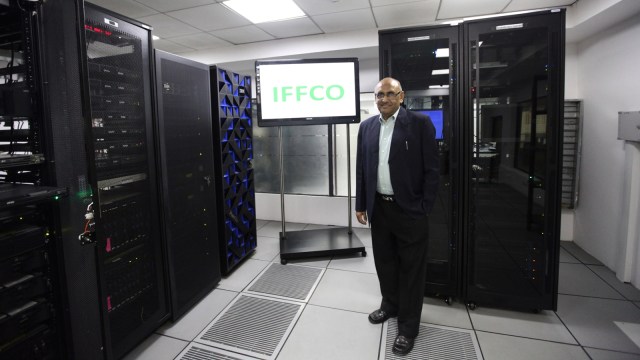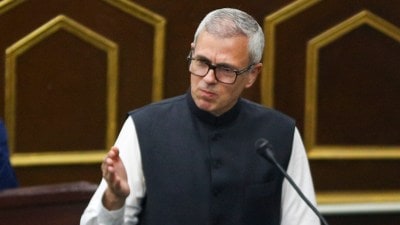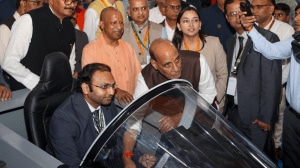The IT ministry is in discussions with the ministries of power, and new and renewable energy, and other related agencies to prepare a roadmap to ensure that the growing numbers of data centres in India – a function of the global artificial intelligence (AI) boom – are offered enough power supply, a top government official said Monday.
“Today, the biggest question is the availability of power… As we adopt AI more and more, (the question is) do we have enough power supply to power that – otherwise, where do you make sure that this power supply comes up in a way that we are able to address this issue,” said IT Secretary S Krishnan.

His comments are significant given the massive energy requirement of data centres that big technology companies are building around the world, owing to the spectacular popularity of AI solutions, which rely on such facilities for computing power. As per the International Energy Agency, data centre electricity usage could double by 2026, making the challenge for companies to become net zero or carbon negative by 2030 increasingly unattainable.
Story continues below this ad
This has forced companies like Google and Microsoft – who have big stakes in the AI game – signing deals with nuclear power plants to purchase energy for their data centres.
In India, the government is looking to subsidise setting up of data centres to capitalise on the AI boom, and make access to computing capacity easier for smaller entities like start-ups and research institutions. As per a September report by S&P Global, India currently has a leased data centre capacity of 1-3 GW, which is the highest compared to other emerging markets like Indonesia, Malaysia, Philippines, Thailand and Vietnam.
A majority of the capacity is located in Mumbai (55 per cent), followed by approximately 12 per cent each in Chennai and Delhi-NCR. Savills, a real estate consultancy, expects additional supply of over 2,000 MW capacity between 2024 and 2028.
Power consumption and related infrastructure costs are a key part of a data centres’ capital and operational expenditure. According to CareEdge Ratings, 40 per cent of capex of such facilities goes towards electrical systems and 65 per cent of operating cost is on account of electricity consumption. It takes between Rs 60-70 crore to set up one MW of data centre capacity in India.
Story continues below this ad
Naturally, the country is looking at the energy mix it can offer to data centres in India, where data centres are looking primarily at renewable energy to run operations. For instance, the Adani group will supply roughly 61 MW of electricity from its upcoming solar-wind hybrid project in Gujarat’s Khavda to Google’s cloud operations in India.
As per a report released in September by Tata Power Company, the company is planning two pumped storage plants (PSPs) near Pune with a cumulative capacity of around 3,000 MW, for which the Central Transmission Utility of India (CTUIL) has received applications for drawal of 1,400 MW from data centre loads in Mumbai beginning January 2027.
“The applications are under process and connectivity is being proposed at South Kalamb S/s to address the requirement of drawal of such huge quantum of power,” the transmission planning authority said in a September report.
In October, the Central Electricity Authority (CEA) discussed the anticipated surge in power demand from data centres during a National Committee on Transmission (NCT) meeting, where CEA chairperson Ghanshyam Prasad directed the Power Data Management and Load Forecasting Division to study the load pattern of data centres.
Story continues below this ad
The direction followed an assessment of a major grid event in north India this June, which caused a load reduction of approximately 16.5 GW. An executive from Grid-India told the NCT that existing load modelling approaches need to be reviewed in light of changing load behaviour.
“Further, as a large quantum of electrolyzer and data centre load is also envisaged to be connected at ISTS (Inter-State Transmission System) level in near future, it is important that adequate reactive power compensation is planned nearby such ISTS load feeding stations,” the executive said. Reactive power compensation near load centres helps prevent tripping and load shedding by stabilizing voltage levels and reducing strain on the grid.
Data centre developers in India are aiming to increase energy efficiency, which is indicated by a low Power Usage Effectiveness (PUE) ratio. In India, the PUE averages around 1.9 while for green data centres, the PUE is lower at 1.3.

































